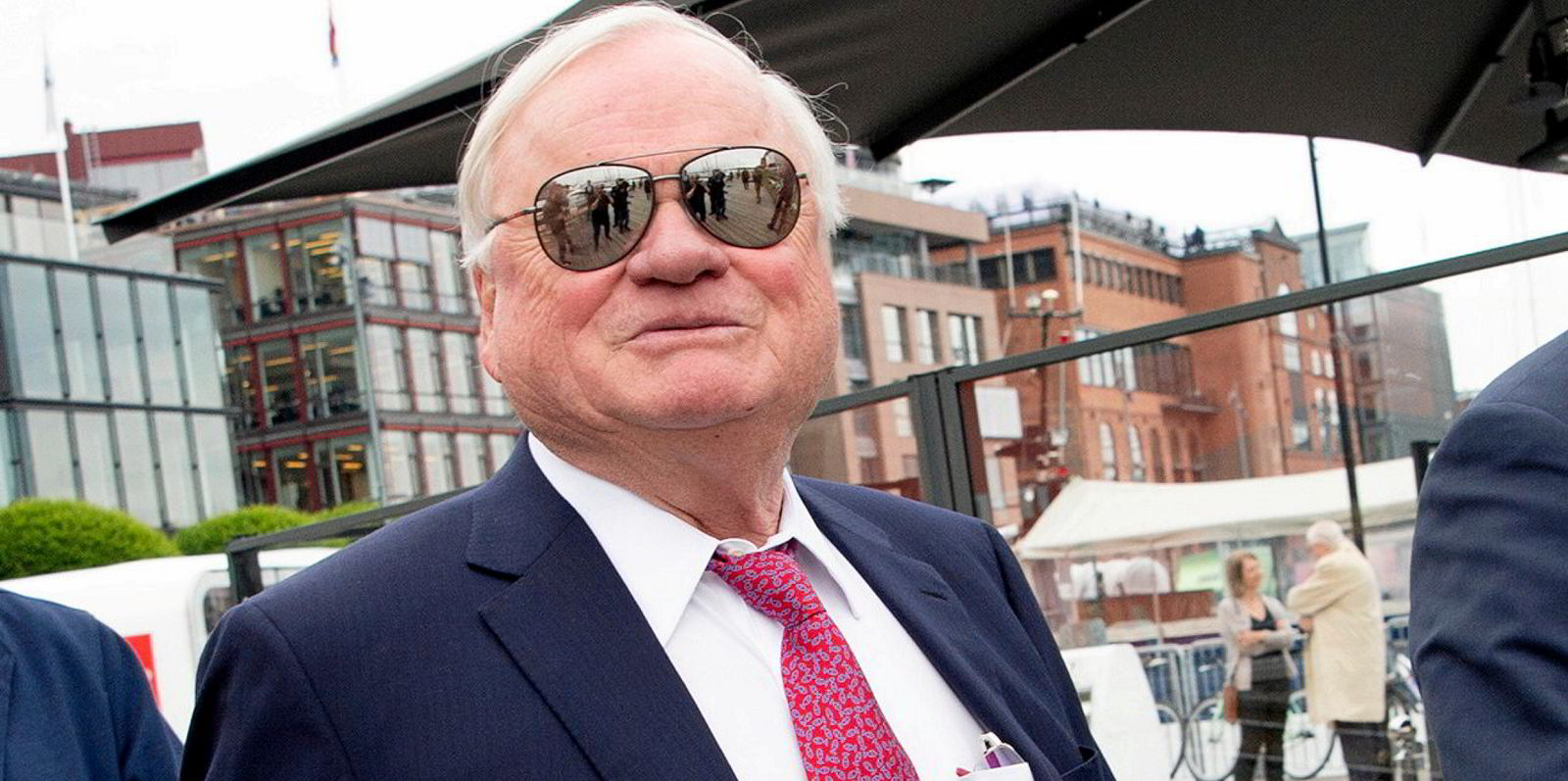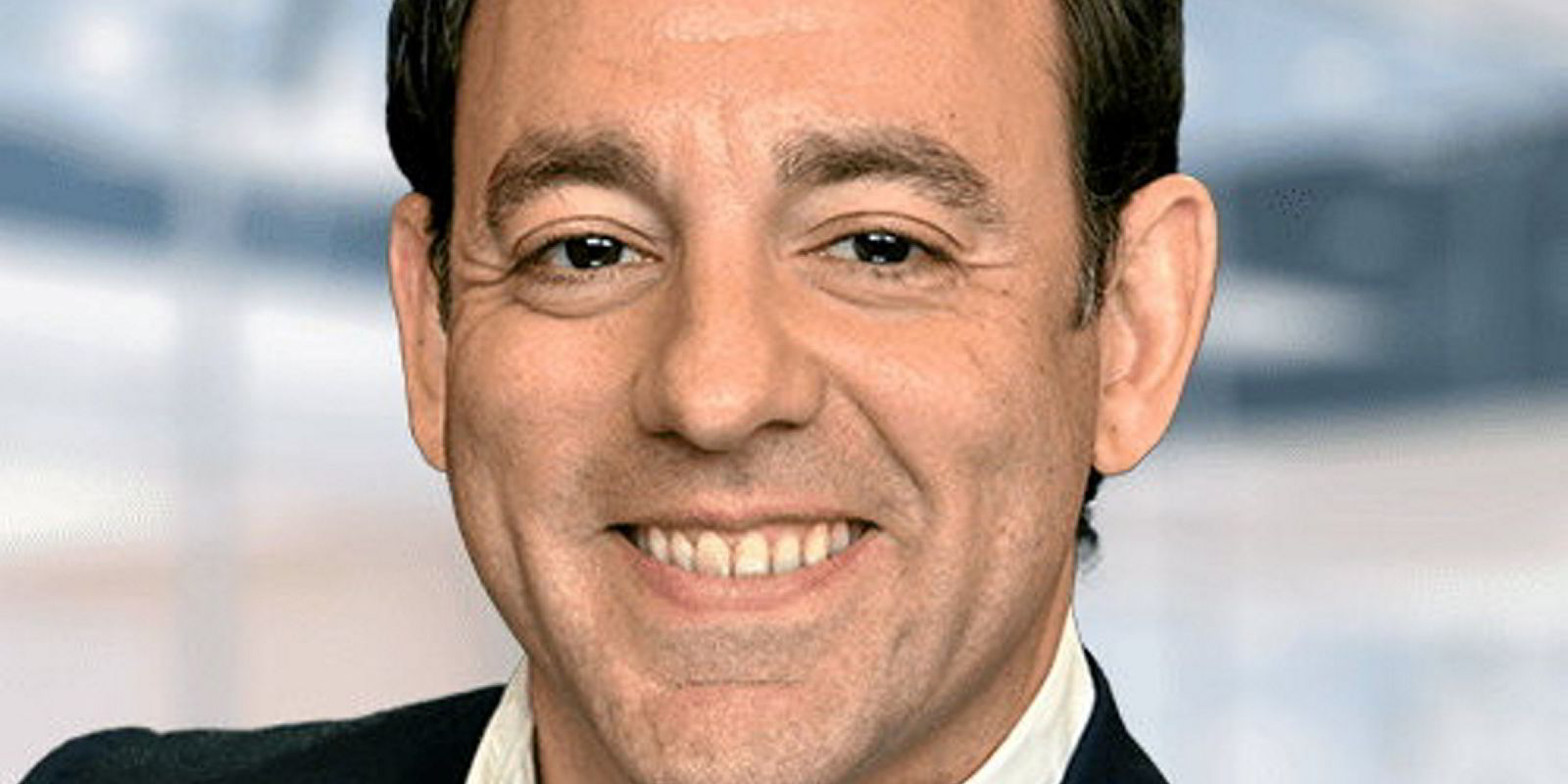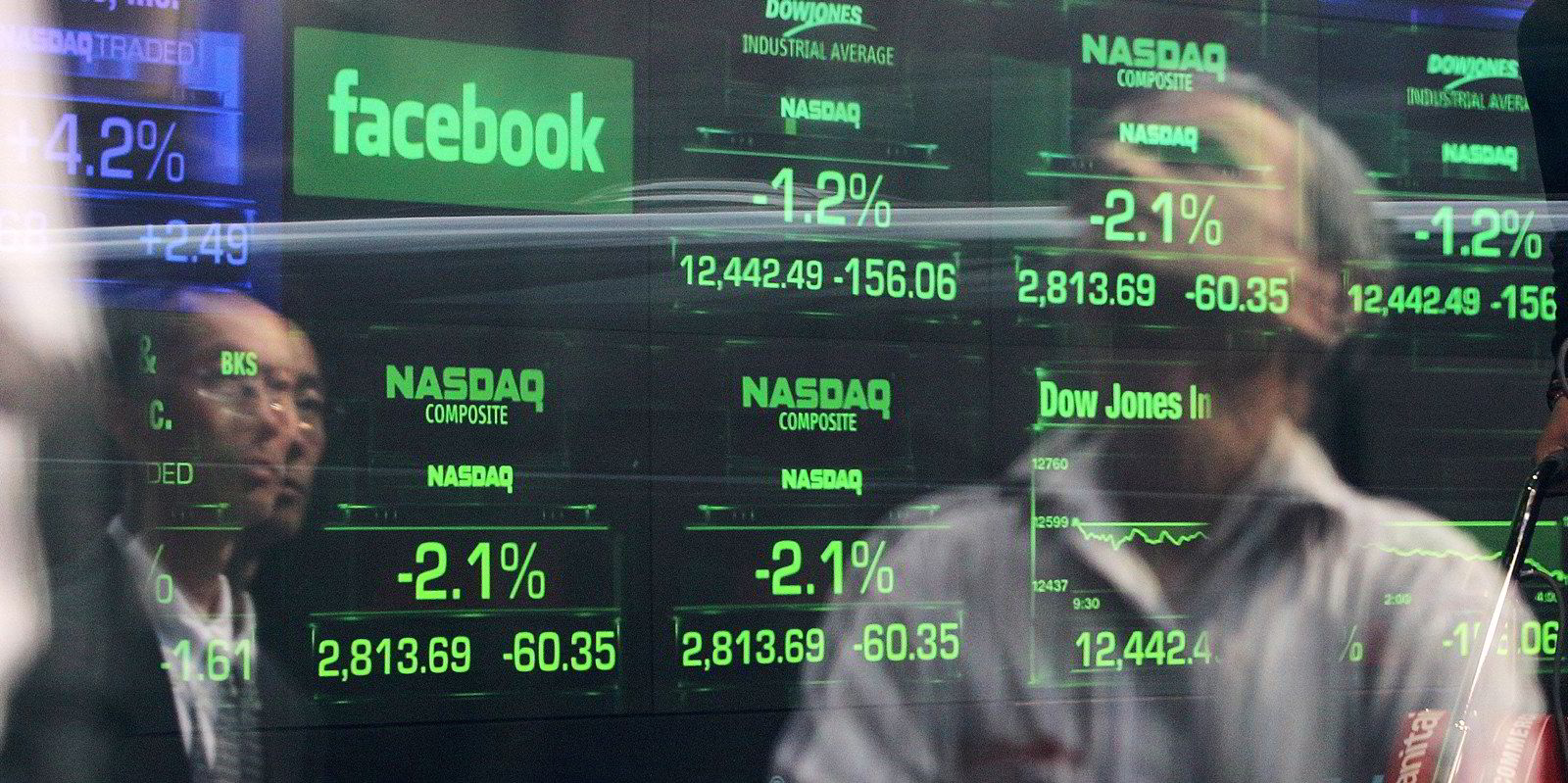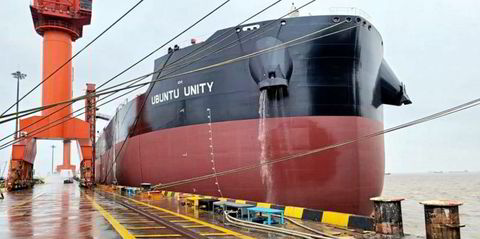How hot is the market for blank-cheque initial public offerings in New York?
So hot that even John Fredriksen is willing to limit upfront compensation for a completed deal and let performance do the talking for a potentially larger payout.
As TradeWinds has reported, Fredriksen became the latest prominent shipping figure to file for a special purpose acquisition company (Spac) in New York on Monday.
His team, ST Energy Transition I, is looking to raise $250m in an IPO directed at energy transition or clean-energy technology.
As is typical in Spac structures, the public entity would then look for a private "target" company willing to enter a reverse merger into a stock market listing.
Sponsors like the Fredriksen team traditionally are compensated with a "promote" in Spac lingo that grants them equity in the Spac equal to 25% of the capital raised, or 20% of the shares following a business combination.
This is not so in the ST Energy case. The promote is only 5%, but can later be augmented through designated "alignment" shares issued in connection with the share performance of the surviving public company.
The performance-based structure is becoming more common in an overheated climate in which there are more blank-cheque companies looking for a combination than there are target businesses to match up, experts said.
Spacs have soared in popularity over the past two years, with 456 successfully launched 2021 deals as of mid-October for combined proceeds of $116.6bn, after 248 Spac IPOs in 2020 for combined proceeds of $75.5bn.
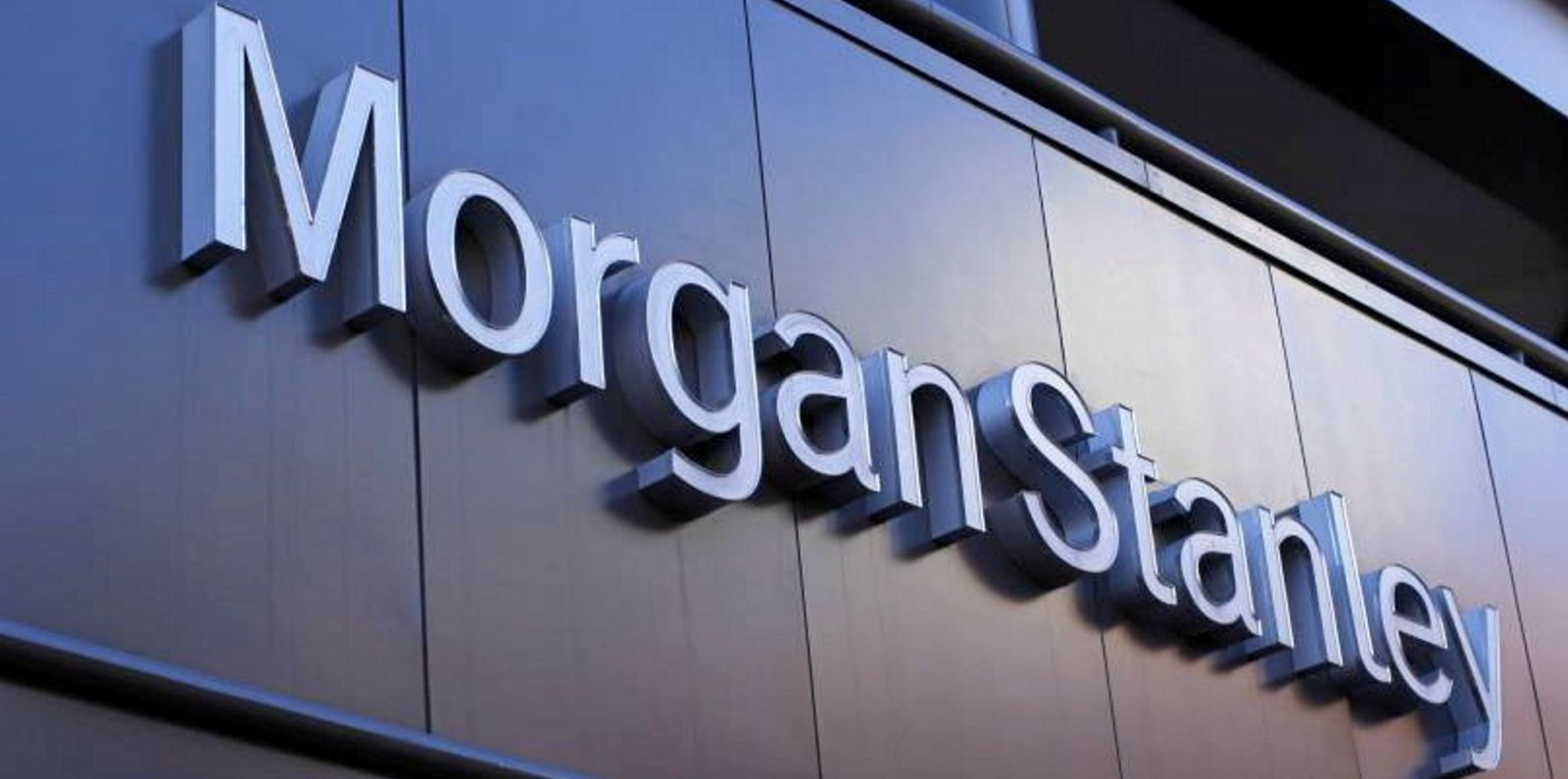
However, as of the same period, 529 already-public Spacs have not closed a merger deal, as the competition for potential targets has heated up. A typical target now enjoys the likelihood of several Spac suitors competing for its attention.
The Fredriksen Spac is being lead by investment bank Morgan Stanley, which has developed an incentive structure under the trademarked name Stakeholder Aligned Initial Listing (SAIL). This is the vehicle being used in the ST Energy case.
The product is explained in Morgan Stanley marketing materials by Bennett Schachter, the bank's global head of alternative capital solutions.
"Given the increase in Spac issuance and higher quality of Spac sponsors, competition among outstanding Spacs has led to evolution of the structure, to make it more aligned with the interests of all stakeholders, including the Spac itself, the company that sells to the Spac and the investors," Schachter said.
"Instead of the Spac sponsor receiving 20% of the equity of the vehicle (which results in immediate dilution for the target-company shareholders) irrespective of post-transaction share price performance, the SAIL promote is entirely performance-based."
The performance incentive applies only to the capital the Spac delivers to complete the merger, not the total equity of the combined company. The grant is 20% for the first 30% capital appreciation and 30% above that level. There are no awards below a specified high-water mark in stock value.
For ST Energy, the vesting of such SAIL shares would happen annually over a 10-year horizon, providing a long-term alignment of the sponsor interests with other shareholders.
Based on a 5% annual compound appreciation, sponsors would receive 1.2% and 2.3% of overall Class A shares at five-year and 10-year intervals, respectively.
If the appreciation is 10% annually, sponsors would receive 2.2% and 4.3%, respectively.
Had the shares been issued under a traditional 20% remote, the upfront grant would have been 3.1% of shares, with only a one-year lock-up period preventing sale and no incentive benchmarks, according to public filings.
Covid-plagued 2020 was the year special purpose acquisition companies (Spacs) crossed over from a fringe product to the mainstream.
A virus-idled investor base flush with cash met with an influx of blank-cheque IPO companies sponsored by celebrity names that have included Donald Trump, rapper Jay-Z and athletes such as Serena Williams.
Typically blank cheque companies have two years to merge with a private "target" company once they raise funds. Sponsors often cite an industry focus but are not bound by it. Investors can choose to opt for the merger or take their money back.
Several reasons have been cited for their popularity. Public companies typically receive better valuations than private ones. The overall number of public companies has declined over time, incentivising stock exchanges to get friendlier with Spacs.
Increasing regulation by the US Securities & Exchange Commission (SEC) has made investors more comfortable. And Spac mergers can be far quicker than traditional IPOs. However, regulators have continued to tighten standards in 2021.
“It is never a good idea to invest in a Spac just because someone famous sponsors or invests in it,” the SEC wrote this year. “Investing in one may not be a good idea for you.”

